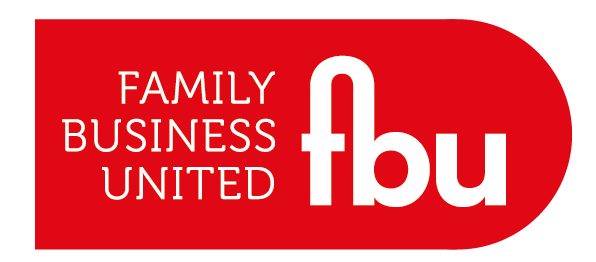5 Ways To Manage Conflict In A Family Business
- David Harland

- Jul 14, 2015
- 3 min read

Conflict is a natural part of running a business but when colleagues and employees are also family members, ordinary conflict can take on new dimensions.
Corporations and non-family business have formal barriers to conflict between colleagues; Human Resources departments and the natural separation between work and family make it unlikely that a workplace conflict will have serious repercussions on a firm’s future.
On the other hand, the interconnected nature of family businesses means that family drama, workplace issues and conflicts about the business can more easily become serious problems without special handling.
Many, if not most, family firms lack formal processes and strategies to mediate disputes, making it difficult to prevent inevitable quarrels from developing into ongoing issues.
Here are five rules to help manage conflict in a family business:
Rule 1: Leverage formal governance structures to mitigate conflict
One issue that we have seen arise in many family businesses is that family members may lack a forum for discussing issues in the business. Formal structures like family councils, boards and family forums can offer family members a safe, organised way to bring up issues and negotiate conflict. Formal governance can also help mitigate family and financial issues by separating ownership of the business from its management functions.
Rule 2: Give family members space (and permission) to air grievances
One problem that we frequently see in businesses with a first-generation matriarch or patriarch is that family members may lack a safe way to express their needs and concerns. When people don’t feel listened to or appreciated, seemingly small problems can mushroom into major business and family drama.
To help prevent conflicts, family leaders should actively encourage family members to air concerns constructively and give them the space they need to disagree. Senior leaders should come prepared to listen without judgment and be willing to fairly consider what is being brought up.
Rule 3: Don’t let business bleed into family time (too much)
It’s very challenging to keep from bringing business home, but one way that conflicts turn into family drama is by failing to keep them separate. Family business leaders must set the example by separating business and family time as much as possible.
One way to make this separation possible is by having formal spaces and structured times to discuss business issues. Explicitly making other times no-business zones can help family members relax into their personal roles and get away from work.
Rule 4: Communicate early and often about issues
Many large complications start as small problems that could have been resolved with early intervention. Sometimes, spotting issues early and addressing them through clear communication can be enough to prevent a conflict from developing.
Even when family members see each other regularly in the business, formal family meetings can be a better place to hash out complex issues. Whether it’s at a family retreat or simply at a separate meeting, making a break from daily routine to tackle the big issues can help open lines of communication.
A formal setting can also help ensure that issues are not ignored and that members of the family have the opportunity to make their opinions heard.
Rule 5: Bring in experts to mediate major conflicts
Some issues simply cannot be resolved internally. When family members become entrenched and constructive dialogue isn’t possible, an objective expert who is trained to help resolve conflict can help cut through the emotions and focus on issues. A mediator can also help guide a family through initial conversations all the way to a final resolution.
We have found that many family groups can achieve more in a few hours with an outside expert than they have in years by themselves.
Final thoughts
Many conflicts boil down to age-old family disputes. It’s common to see businesses that mirror family hierarchies. For example, parents might run the company together or a favoured eldest child might serve in an executive role while other children and spouses fill in other management positions. However, these parent-child and family dynamics can make the separation of family and business even more difficult.
Leaders must be able to treat children like employees and managers during business time to help reduce the risk that family dynamics will damage the business culture.
Ultimately, managing family conflicts often comes down to creating better communication skills as a family. While conflict can never be completely avoided, treating it as a normal part of business and developing the skills to handle it can go a long way toward building healthier business and family ties.








%20copy%20(4)%20copy%20(1)%20copy%20copy%20(1)%20copy%20(1)-Medium-Quality.jpg)



.png)
























